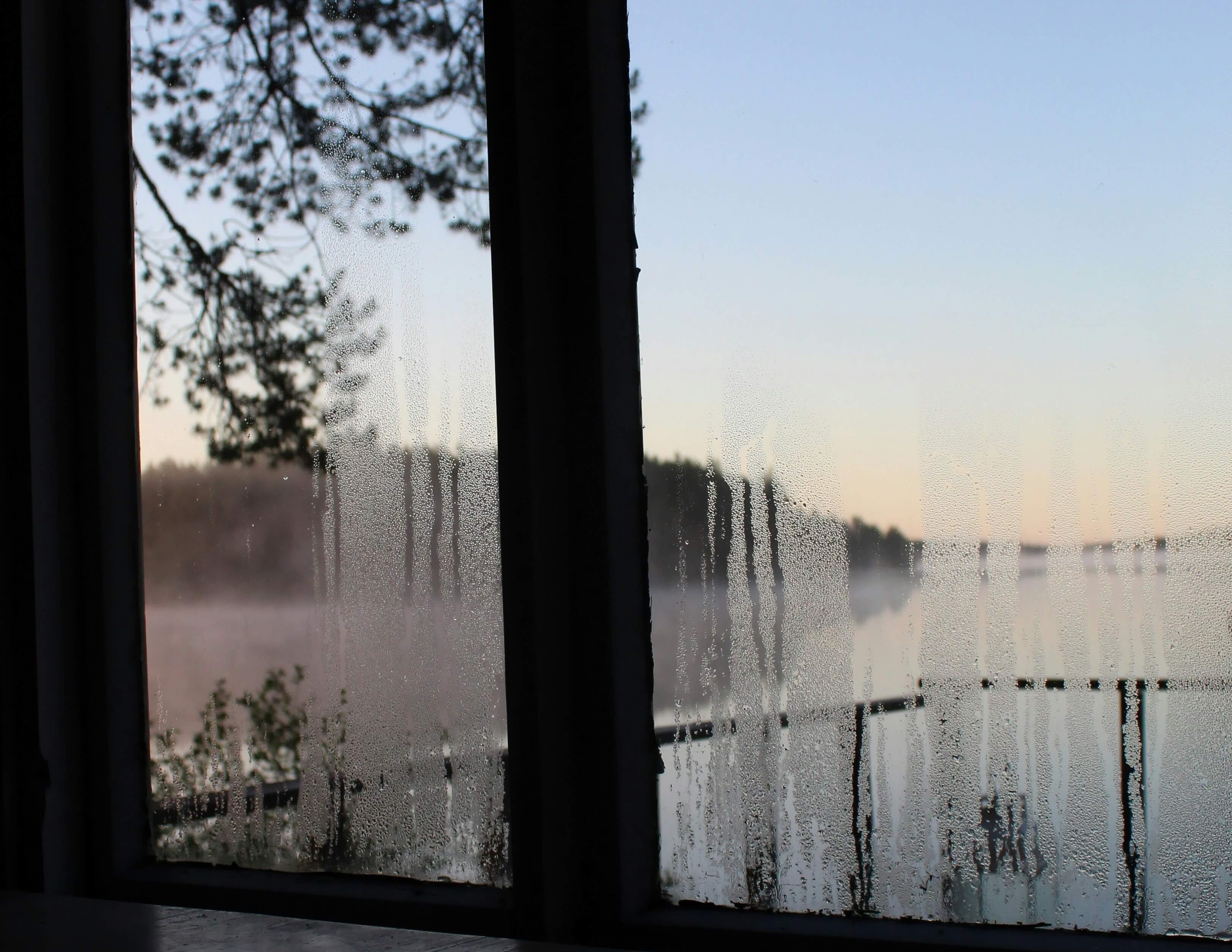Condensation build-up on windows is a common problem that usually happens during the colder months. And, while these water droplets may seem innocuous, if condensation isn't dealt with it can lead to other, more serious, problems like mould growth and damp ingress.
If you're looking for some steps you can take to remove condensation, and prevent it from happening in the first place, then keep reading as we'll be recommending some easy and effective methods for you to try out.
What Causes Condensation?
Condensation is essentially the opposite of evaporation and is part of the normal water cycle. When water condenses, it's turning from water vapour gas back into a liquid. But what causes it to build up on your windows in the first place?
Many things contribute to the build up of humidity in your home whether that's cooking, bathing, indoor clothes drying, and even breathing! During the cold months, you're more likely to keep your windows closed meaning this humidity cannot escape, so it continues to rise.
Cold weather outside cools the surface of windows and when the warm, humid air inside touches the surface, it condenses and turns back into water droplets which we know of as condensation. This happens because the air has reached its dew point meaning it cannot hold anymore moisture.

Essential Tools & Equipment
Method 1: Use A Dehumidifer
Installing a dehumidifier can be a great way of reducing excess moisture from a room. They work by pulling damp air into the machine and then drying it before pushing it back out. There are different types of dehumidiers and the one you choose will depend on the size of your room along with other considersations like the average temperature, noise levels, and energy efficiency.
Method 2: Use A Window Vac
As well as removing dirt and grime from your windows a window vac can be a great way of removing surface condensation to keep your windows clean and clear. By removing moisture droplets from your windows, this can prevent other issues such as mould growth. It's important to remove mould if any builds up, to prevent health issues. Keep in mind that while a window vac can remove condensation, it won't prevent it from returning.
Method 3: Open Your Windows
If possible, keep windows open to improve ventilation and air circulation. This can help to prevent moisture and humidity from building up in your home, and subsequently stop condensation from forming.
If it's too cold outside to keep your windows fully open then open the air vents if you have them installed. This can help to prevent condensation from forming while keeping heat loss to a minimum.
Method 4: Check Window Seals
Double check all window seals and make sure they're fully intact with no gaps. Gaps or broken seals allow cold air to enter and warm air to escape, increasing the chances of condensation. Replace seals if necessary or apply window sealant, as this will ensure that cold air isn't able to seep in and helps to improve insulation. Be sure to choose the right type of sealant for the job though.
Method 5: Keep Your Heating On
Keeping the indoor temperature consistent throughout your home will prevent the temperature difference between the inside and outside of the window from being too extreme. This reduces the likelihood of condensation forming on cold windows.
If not already in place, consider installing insulation in walls and ceilings. This further helps to regulate the temperature, again minimising the likelihood of condensation forming.
Method 6: Replace Windows With Double Glazing
Double-glazed or triple-glazed windows are more effective at insulating and keeping the indoor temperature more stable. This reduces the temperature difference between the inside of the window and the room, preventing condensation.
If you already have double glazing installed and notice that condensation is forming between the panes of glass, this could be a sign that the window seals have failed. As window seals can be difficult to repair, it may be necessary to replace the window.







